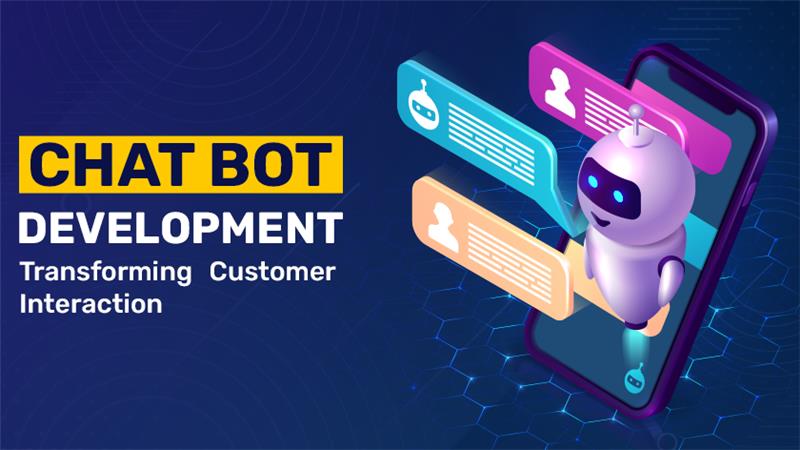With the rapid pace of the new digital age, customers demand immediate, efficient, and customized communication. Chatbots are the game changers to transform how companies communicate with customers. From responding to questions twenty-four hours a day to offering customized answers in seconds, chatbot software development is no longer a luxury but a requirement.
Let us discover how chatbots are revolutionizing customer interactions across various industries—and why now is the perfect time to implement this technology.
The Rise of Smart Customer Engagement
Customers today are more plugged in than ever and expect companies to keep up with them—online, in apps, and on social media. Traditional customer service models can’t keep pace. Enter the chatbot: Intelligent digital assistants that provide:
- 24/7 instant support
- Instant messaging without the need for a human intermediary
- Cost-effective customer service operations
- Business improvement insights based on data
By reducing response delays and eliminating time-wasting processes, chatbots enable organizations to deliver faster and more relevant customer service.
How Chatbots Enhance Customer Experience
1. Personalized Engagement at
Scale Chatbots can remember previous conversations and react suitably. They make user-specific recommendations based on user behavior and interest, engaging users and loyalty generation.
2. Unified Multi-Platform Support
Customers are engaged through websites, mobile apps, and messaging channels. An excellent chatbot allows support to be seamless and smooth on all channels, giving a consistent and uniform customer experience.
3. Instant Resolution of Questions
If order tracking, FAQs, or appointment booking is carried out via chatbots, they can resolve multiple questions instantly. This saves customer frustration as well as improving satisfaction.
Intelligent Features Creating the Difference
Advanced chatbot functionality is powered by Natural Language Processing (NLP) and Machine Learning (ML). These technologies enable:
- Context-aware answers: Respond based on the user’s intent and previous interactions
- Sentiment analysis: Adjust responses to match the user’s emotional tone
- Continuous learning: Improve accuracy and relevance over time through real interactions
- Multilingual translation: Communicate with users in their preferred language
The more users interact with the chatbot, the smarter and more effective it becomes.
Leading Industries Adopting Chatbots
- E-commerce: Product recommendations, order tracking, and one-click purchasing
- Healthcare: Appointment scheduling, health education, and secure record storage
- Banking & Finance: Balance inquiries, transaction history, and fraud prevention
- Travel & Tourism: Booking management, travel suggestions, and itinerary updates
E-commerce
Offers product recommendations, order tracking, and one-click purchasing functionality.
Healthcare
Supports appointment scheduling, health education, and secure storage of patient records.
Banking and Finance
Provides balance inquiries, transaction history access, and fraud protection services.
Travel and Tourism
Assists with booking management, travel recommendations, and itinerary adjustments.
Points to Ponder While Creating a Chatbot
While chatbots are powerful, building an effective one requires careful planning. Keep the following in mind:
- Know your audience’s requirements
- Establish clear chatbot goals
- Choose the best platform and technology
- Continuously test and refine the conversation flow
- Safeguard user privacy and data security
Conclusion
The Conversational Future Customer-to-business interactions are changing with the advent of chatbot technology, with each conversation quicker, smarter, and more human. Since customers continue to need instant, context-related communication, adopting chatbots is no longer a luxury. It’s a business imperative.
Let Xceltec Stay Ahead: Want to transform your customer conversations using intelligent chatbot technology?
For more information, Visit: https://www.xceltec.com/
 :
https://www.pinterest.com/xceltec0192/
:
https://www.pinterest.com/xceltec0192/

